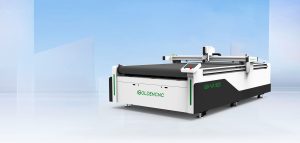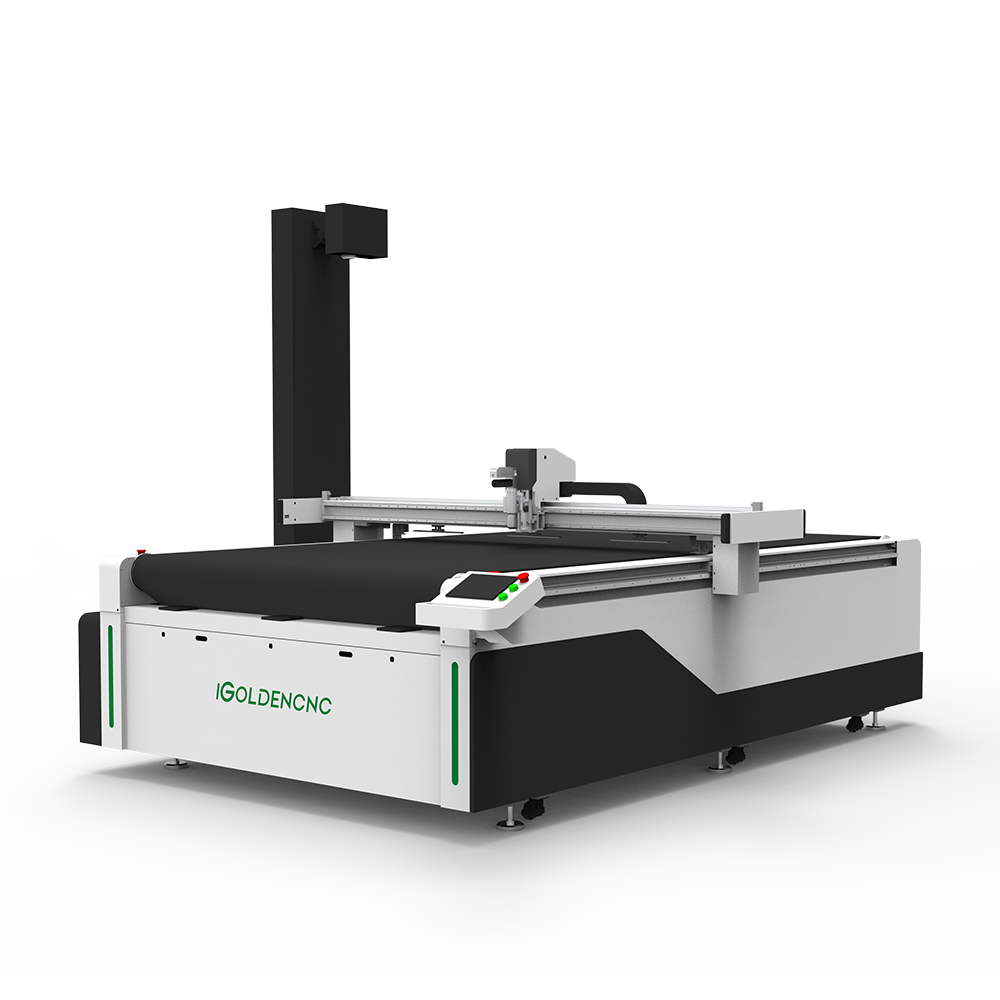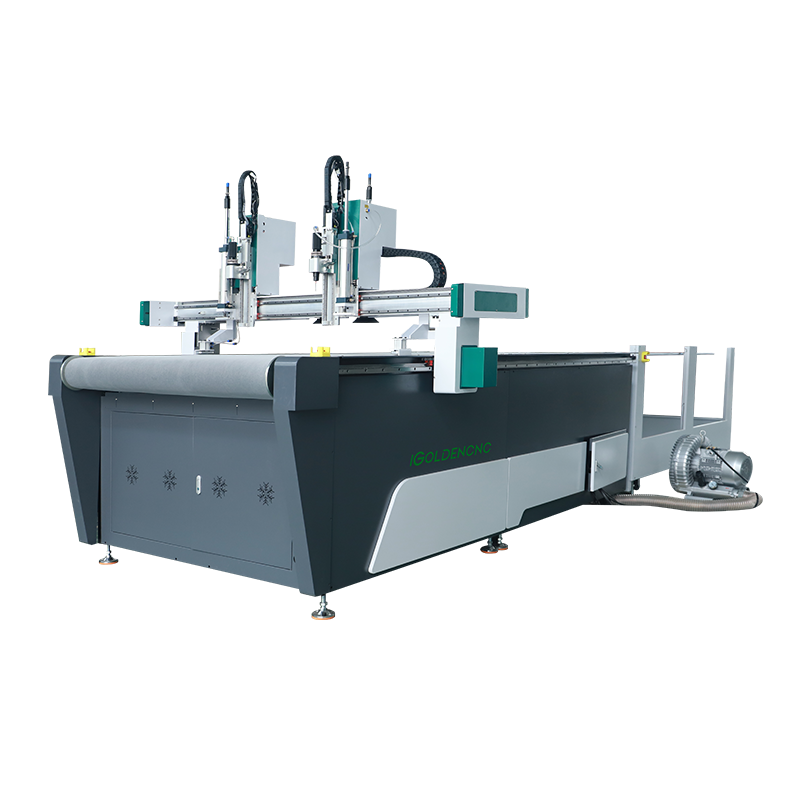Blog
How Vibrating Blade Cutting Breaks Traditional Limits and Boosts Productivity
In the Industry 4.0 era, advancements in cutting technology directly impact manufacturing efficiency and cost control. Traditional cutting methods (e.g., laser, mechanical blades, waterjet) remain widely used but face persistent challenges like limited precision, material waste, and efficiency bottlenecks. The rise of vibrating blade cutting technology is driving a productivity revolution with its disruptive advantages. Below, we explore three core strengths of vibrating blades that are redefining cutting processes.
.
1. Millimeter-Level Precision Cutting: Eliminate Waste, Maximize Yield
Traditional Pain Points: Laser cutting causes thermal distortion, while mechanical blades rely on manual calibration, leading to high error rates.
Vibrating Blade Edge:
- High-frequency micro-vibrations (20,000–40,000 VPM) enable “tap-cut” technology, replacing friction-based cutting to prevent heat-induced material deformation.
- Achieves ±0.05mm accuracy, allowing complex designs to be cut in one pass, reducing rework and scrap (industry data: 60% lower defect rates in composite material processing).
Applications: Precision trimming of automotive interiors, aerospace carbon fiber components.
2. Universal Material Compatibility: Conquer “Uncuttable” Challenges
Traditional Limits: Lasers struggle with flammable PVC; waterjets damage absorbent materials; mechanical blades wear rapidly.
Vibrating Blade Breakthrough:
- Cuts materials ranging from 0.1mm films to 50mm composites, including leather, aramid, honeycomb panels, and fiberglass (300+ material types supported).
- Non-thermal design ensures smooth, burr-free edges without carbonization risks.
Case Study: A footwear manufacturer achieved 3x faster EVA foam cutting and 99%+ yield after adopting vibrating blades.
3. Smart, Flexible Production: Rapid Response, Low Energy, High ROI
Traditional Barriers: Mold-based systems require frequent changeovers; small-batch orders incur high costs.
Vibrating Blade Solution:
- Digital file direct connectivity enables 5-minute toolhead swaps, supporting same-day multi-batch deliveries.
- Energy consumption is only 1/3 of laser systems, with zero consumable costs (saving over $14,000 annually vs. mechanical blades).










